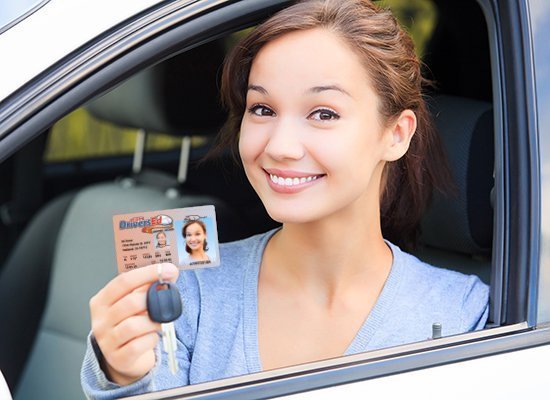Many fifteen-year-olds acquire their learners permit with a sense of pride (and maybe a little fear). It’s one of the first of many steps that minors take toward reaching independence. The ability to drive opens up a world of possibilities, but it also opens up a world of responsibilities that teenagers need to be wary of if they wish to continue driving.
Learners Permit
Across the country, it is illegal to drive on public roads without some form of license. While the age requirements to acquire a license vary by state, the licensing process from a learners permit to a full license remains the same. The earliest form of licensing one can get is a learners permit. This is followed by a restricted license and, lastly, a full license.
Across the country, you must be between fourteen and sixteen be eligible for a learners permit, which is designed for just that: to provide you the opportunity to familiarize yourself with driving before turning eighteen, when you will be eligible for a full license.
Because the licensing process is focused on that learning, there is no road test required for you to take until you’re eligible for a provisional or full license, though there are other requirements when you visit your local Department of Driver Services.
What’s most important to keep in mind with a permit is that it only allows you to operate a vehicle under specific conditions. Again, these vary slightly by state, but you can expect them to include the following:
- You must always drive with a front seat passenger
- Your passenger must be 21 or older
- Your passenger must be fully licensed
- Your passenger must be able to assume control of the vehicle in emergencies
State-by-state variations tend to focus on the nature of your relationship with your passenger, the age of your passenger, and the times during which you are allowed to operate a vehicle—typically disallowed from midnight until six in the morning. You should always be sure to double check on the specific regulations in your state.
Provisional License
The next step teens take is acquiring their provisional license, which boasts key differences from the learner’s permit. This is where the freedom of being a licensed individual becomes more tangible. Before you can experience that, you must meet certain conditions while you hold your permit. Once those conditions have been met and you’ve completed all necessary paperwork, you’ll have a new Class D license. This license has a new set of terms you must abide by.
- You may drive a vehicle without accompaniment
- Only immediate family members may be passengers for the first six months
- A maximum of one passenger under 21 who isn’t family may be a passenger in the vehicle for the second six months
- In all following months, a maximum of three passengers under 21 who aren’t family may be passengers in the vehicle
While these may seem like arbitrary restrictions, they exist to minimize the risk that a teen driver may pose to the safety of others in an unsupervised environment. You will be much less likely to drive dangerously with family in the vehicle, and you’re less likely to be distracted with fewer teenage passengers.
Driver’s License
Once you reach the appropriate age for your unrestricted license, you are eligible to apply for a Class C license. This will finally allow you the (mostly) unrestricted driving you’ve been working towards. This new Class C license gives you the privilege of driving at any time with whomever you want. The major restrictions here are only on the type of vehicle you are allowed to drive.
- You are not licensed to operate a motorcycle
- You are not licensed to operate vehicles in excess of 26000 lbs.
After receiving your Class C license, the only maintenance required will be to renew it when necessary and avoid accruing enough traffic violations to mandate the suspension of your license.
